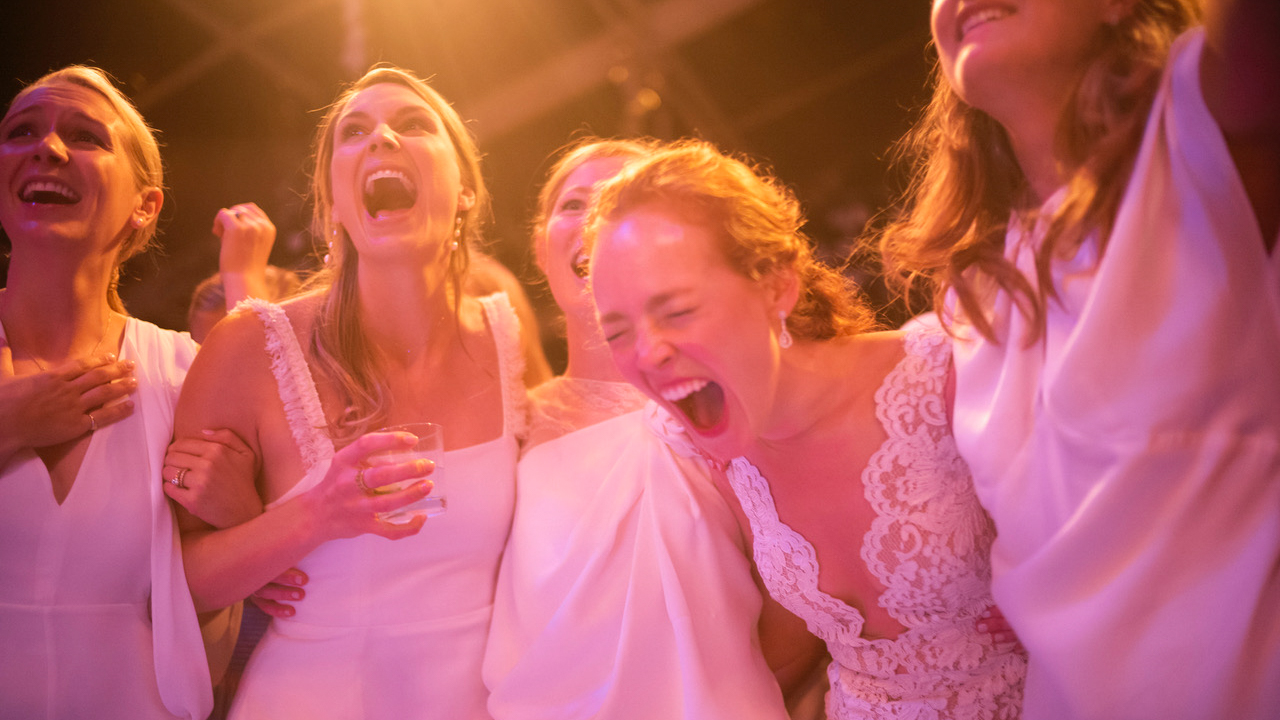
John Dolan is not your typical wedding photographer. He has developed a distinct style that places him among the most sought-after wedding photographers in the world, shooting for many A-list celebrities.
Starting his wedding photography career in the mid-90s, Dolan was instrumental in changing the course of wedding photography, pushing the boundaries of the standard formal photographer and setting the stage for a more creative expression in the genre.
Not defined by one style, Dolan's photography captures more than just the standard wedding portraits and instead captures the experience in a fresh dynamic way, producing works of art that stand the test of time. A showcase of this work can now be seen in a newly expanded edition of his monumental book.
The Perfect Imperfect: The Wedding Photographs of John Dolan by John Dolan, published by Damiani, has shown me a side of wedding photography that I was previously unaware of.
Eager to find out more, I sat down to talk with John Dolan about his career, and the new edition of the book.
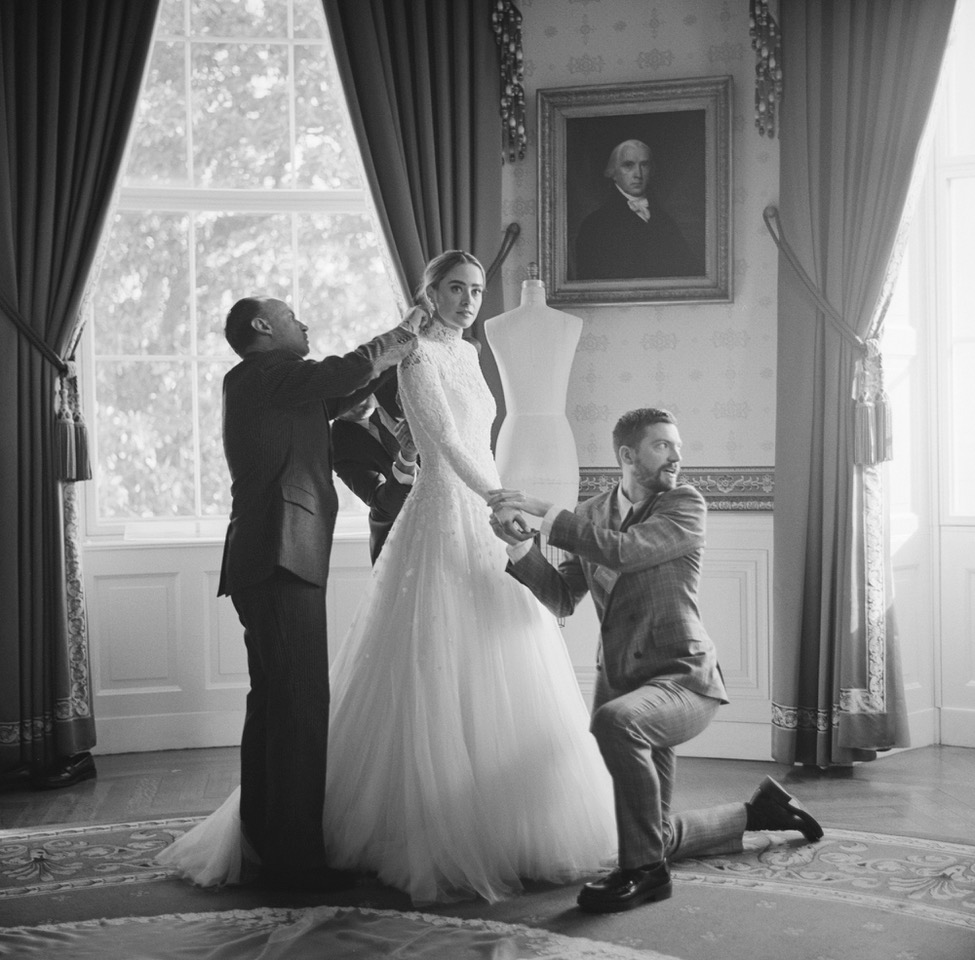
What was your entry point into the world of photography?
I was always a collector. As a kid, I was obsessed with gathering fragments of the world, so baseball cards, coins, newspaper clippings, and the mastheads of newspapers fascinated me, maybe for the typefaces. I grew up outside of DC where there are all the museums of Washington and a large part of my childhood was spent visiting them. So there was something about collecting stuff from all over the world.
I had a few cousins who were into photography, so once I found the camera, when I was 15 or 16, it was the first medium that really spoke to me. It gave me this leg up because I was a terrible student and the camera was this way to gain some confidence. When you're a 15-year-old boy, you better be sporty, funny, or smart and I was none of those things.
The camera gave me a passport. It was really about collecting time and future memories, and I figured out quite quickly that the camera slices time into these little slivers. Once I set up a dark room and started printing pictures, I realized I was holding time in my hands.
That seems like a natural entryway into wedding photography and capturing those precious moments.
I didn't realize it until many years later, I didn't shoot my first wedding until I'd been doing photography for 10 years.
I always photographed my family. I'm from a large family, so that natural kind of family documentary thing was just part of my life and then my sister got married. I watched her photographer who was just so stiff and so formal. Then my brother got married, and I was the best man. I had a small camera kept in a pocket and again, he had a very formal photographer and I was just running circles around the guy shooting from the point of view of being in the wedding.
I just remember how strange it was. We were all in tuxedos and we had never worn tuxedos in our life. So the awkwardness of it was really entertaining to me, but that was the day where I had the light bulb moment. I was in the wedding but outside the wedding, observing and participating simultaneously and that's what I realized liked about it.
Nobody else was passionate about weddings in the New York photo world, nobody even wanted to touch weddings. So I thought, that's great, here's a pasture that nobody is grazing in. I found some great friends in the early 90s and we all bonded together and created this movement to revitalize it.
Fascinating! So was photography a self-taught passion or did you have a mentor to guide you?
I had a great mentor in college and an even more active mentor in New York for four years. I printed for a photographer named Sylvia Plachy – whose book you should have on your shelf. She's well known for being actor Adrian Brody's mother.
I was her printer for four years working from their house and she wrote the afterward to my book. I saw how a photographer lives because I was in their attic every day, printing and having lunch with them. It was a real lesson in how to live, create, parent, and be a spouse from inside a really fun, crazy house.
I imagine that must have been extremely valuable as a young creative starting your journey?
Yeah, we're all making it up as we go along and certainly in New York you were aligned with whoever you did an apprenticeship with. Sylvia had a kind of golden name in the photo community and is still very beloved, so I think that gave me some access when I went on my own.
I worry that that's not a thing anymore in the photo world where people work for one photographer for a bunch of years. There's a lot to learn from an older photographer.
The weddings themselves, I think I was lucky to never work for a wedding photographer. I never knew what the rules were, I had never heard the term 'shot list'. In the 90s that was not a known term and came about from some magazine or blog, so I just shot the wedding as if I was a guest.
How were you able to avoid falling into the trap of shooting what is expected as opposed to shooting your vision?
That's a good question. The people who hired me at the beginning of my career were people who loved photography and they wanted me to make something new. They gave me permission and the trust to come to the wedding and create beautiful pictures.
It's more complicated when somebody says, 'Okay, I have all these expectations, and I want you to check all these boxes'.
I still live by the philosophy that if I please myself, my clients are going to be happy. If I try to please the client, I'll never really be sure and I'll chase my tail. I have really high standards for myself and I want to take pictures that surprise me and that I want to show my wife so she gets excited by them too.
I've certainly seen wedding photographers say that this is a service industry and we're like a hotel concierge and you have to serve your client, but I would push back against that. I think that if I deliver something magnificent, that exceeds their expectations then they're going to be even more happy. I think it's about having faith in yourself.
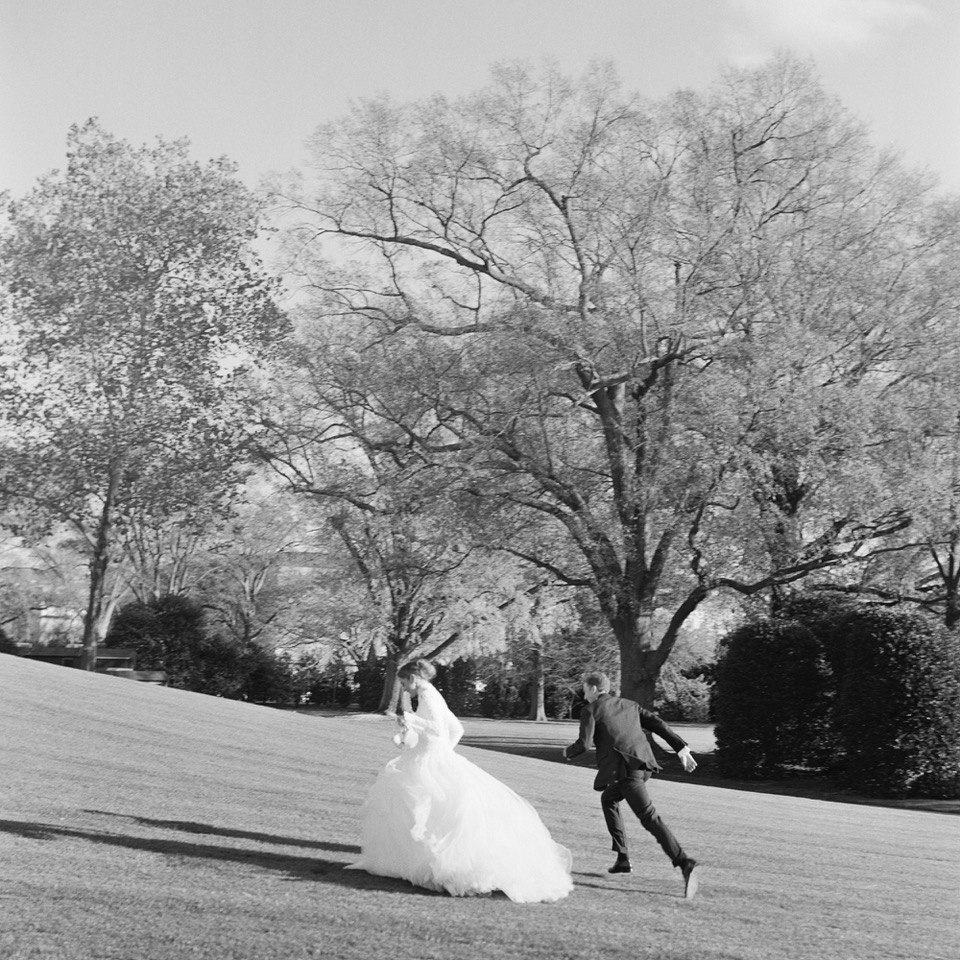
You have a long list of well-known and prestigious clients, many shown in the book The Perfect Imperfect. Was it a career goal to photograph celebrities?
I did not aim for it, although I have some exquisite celebrities in the book, I don't have too many. It's just I've gotten celebrities who love photography and who particularly liked my style.
There were some of them that I've shot that may not be in the book, where I shot them for a magazine. I shot Jlo's first wedding for Install magazine but she's not in the book.
Ben Stiller's dad is in the book and Ben is a big collector of photography, and when I first met him he had an apartment full of beautiful photographs, he's really passionate about that. So, if someone's a connoisseur, they're not going to want a traditional wedding photographer at their wedding. Just knowing that he appreciated good photography gave me the confidence to just go crazy.
Same with Gwyneth Paltrow. I knew not to try to direct her or try to mess with the beauty and natural flow of that wedding. That was a wedding where I was just a little more of an observer, letting them have private time. I love to be very subtle and understated.
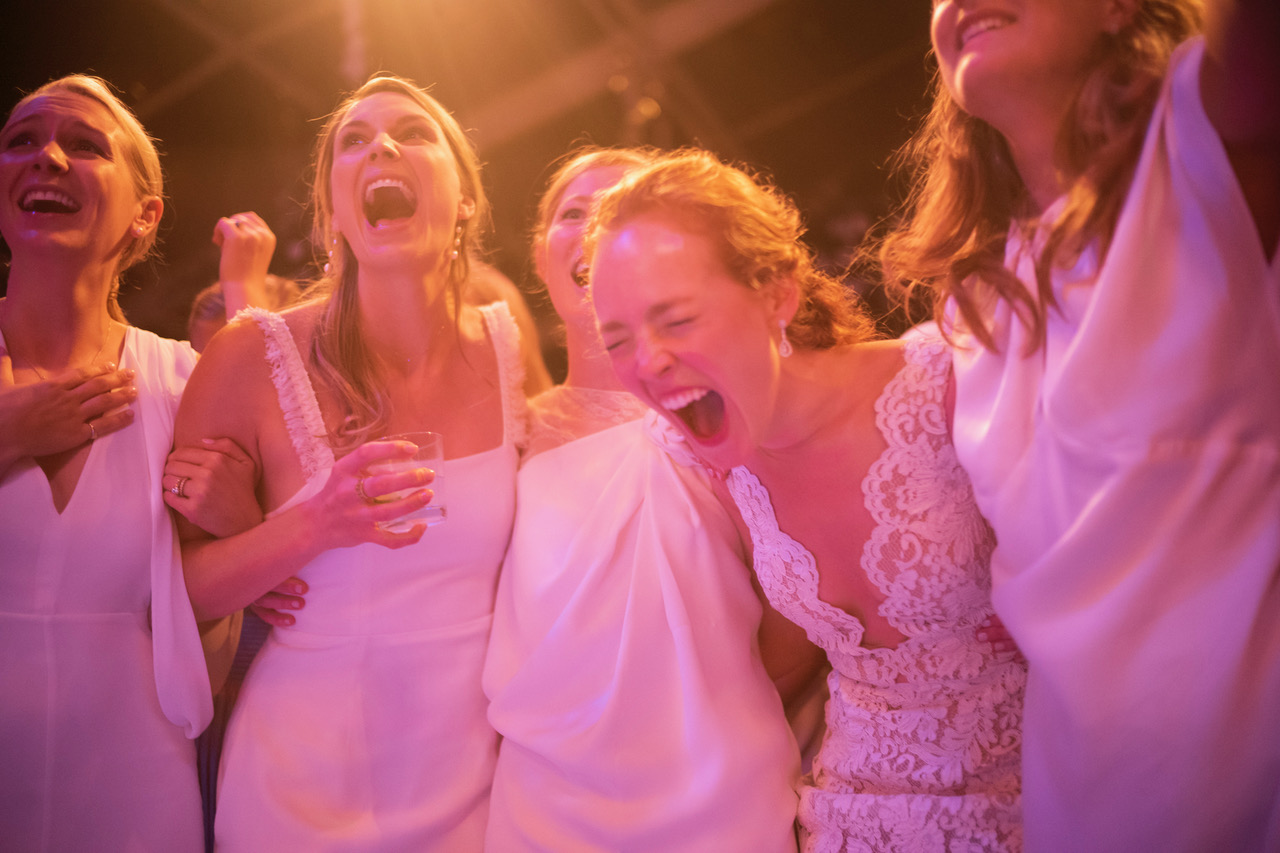
Photographing the wedding may be considered the main part of the process however the job isnt fully done at the end of the day. I wonder if you could speak about the importance of those next steps?
After the wedding is a crucial part of the process. There's a mechanism I use where I do all my own culling and I do a lot of my own editing – so that own it. I often go through the digital images on the night I get home from a wedding. I'll take a first glimpse so I can get some sleep that night!
But when I get the film back, I need to go through it in order to get that jolt of electricity, if I got the shot or not. By going through it myself, I either get positive reinforcement or a slap on the wrist for not going hard enough to get the picture. I think it's really important to go through it.
I also hand-deliver a box of 15 prints to my clients six to eight weeks after the wedding as a way of closing the circle. For me, it's very bespoke and very personalized.
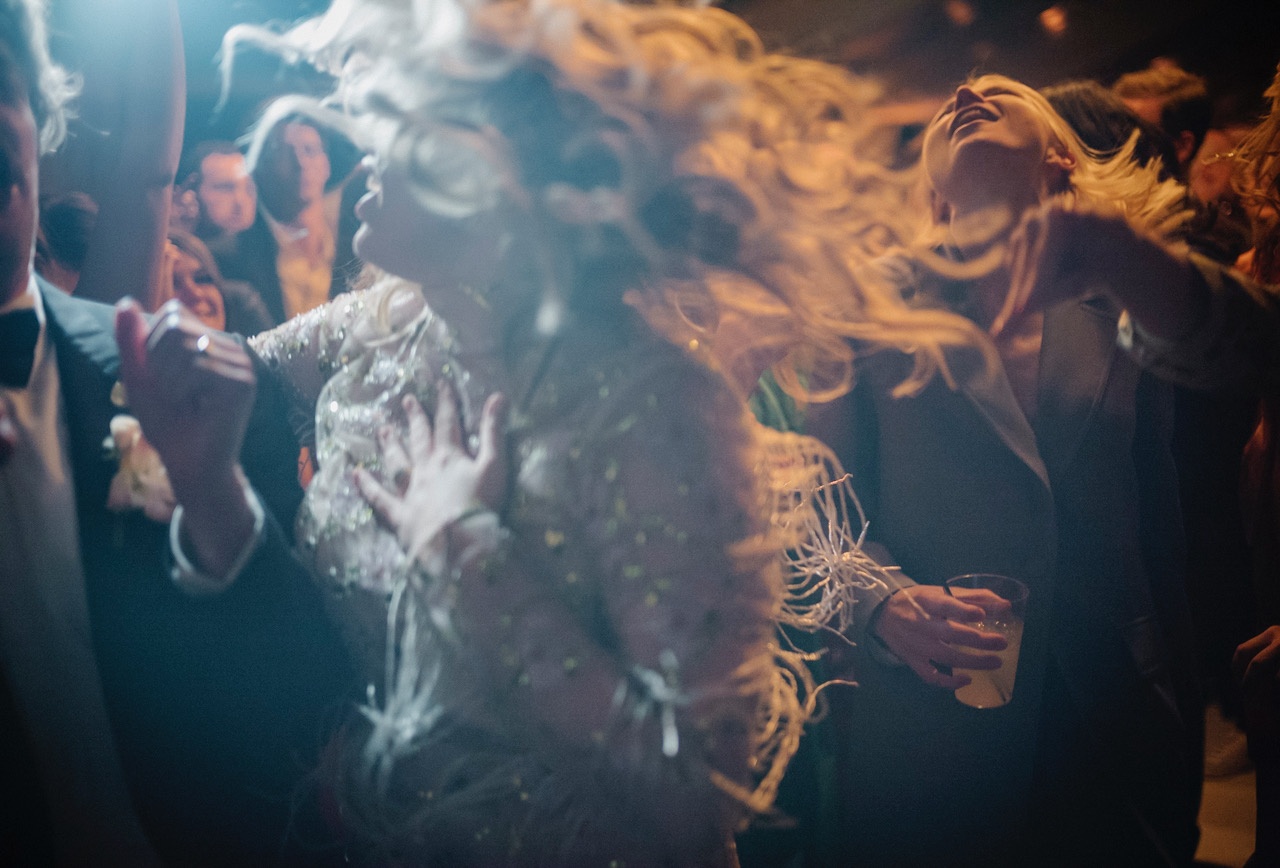
Is that your favorite part, delivering the final images?
The unveiling is so magnificent because people have waited a couple of months, they've gone on their honeymoon, they've come down from the high of the wedding, and then they don't know what's in the box.
They know it's not going to be the traditional pictures, it's going to be 15 curated photographs we've decided that will last forever and stand on their own as beautiful works of art.
It is a full-circle thing because I'm shooting the wedding all day long with the box in mind. I'm trying to get a sense of, If I take this picture, it'll be okay but if I take this picture, that might be a box picture – it's just pushing it a little higher.
In other genres, you shoot with the end product in mind so why not weddings?
Yeah. I shot a lot of magazine work over the years and with a magazine job you're doing that. It's the same thing – making sure you've got different things for the story.
If you have an eight-page story, you need an opener, you need a close-up, you need a wide, you need all these things. So I always think instead of having a shot list, people should almost storyboard out the wedding, that's a fun way to look at it.
Is that why you decided to split the book up into three acts?
Yes, funnily enough, a friend who was looking through one of the early dummies just said "That's a three-act play!". It was the simplest thing and then he just left that idea on the table and it was the thing I needed the most. I always thought about the timeline of the wedding and when I put it into three acts, I started to see.
In Act One, the characters are separate and nervous, in Act Two they come together and hold on tight, then in Act Three, all hell breaks loose.
As soon as I figured that out, the next wedding I went to, I could feel the transition from Act One to Act Two. Act three gets really crazy with the speed changes. So I'm glad you picked up on that, I hope the book has a kind of pace to it and gets wild at the end.
What made you feel that it was the right time for an expanded edition of the book?
The first edition sold out, much quicker than the publisher expected, which was great. But the book was published mid-pandemic and the weddings I shot during the pandemic were so extraordinary and so charged. There was a kind of life-and-death element underneath a lot of the weddings, there were weddings with 12 people and multiple postponements but they were all miraculous, so I had a new batch of pictures that I loved.
Then The White House permitted me to use pictures from Naomi Biden's wedding and that seemed to me to give this a whole additional supercharged boost. We put that section in between Act Two and Act Three.
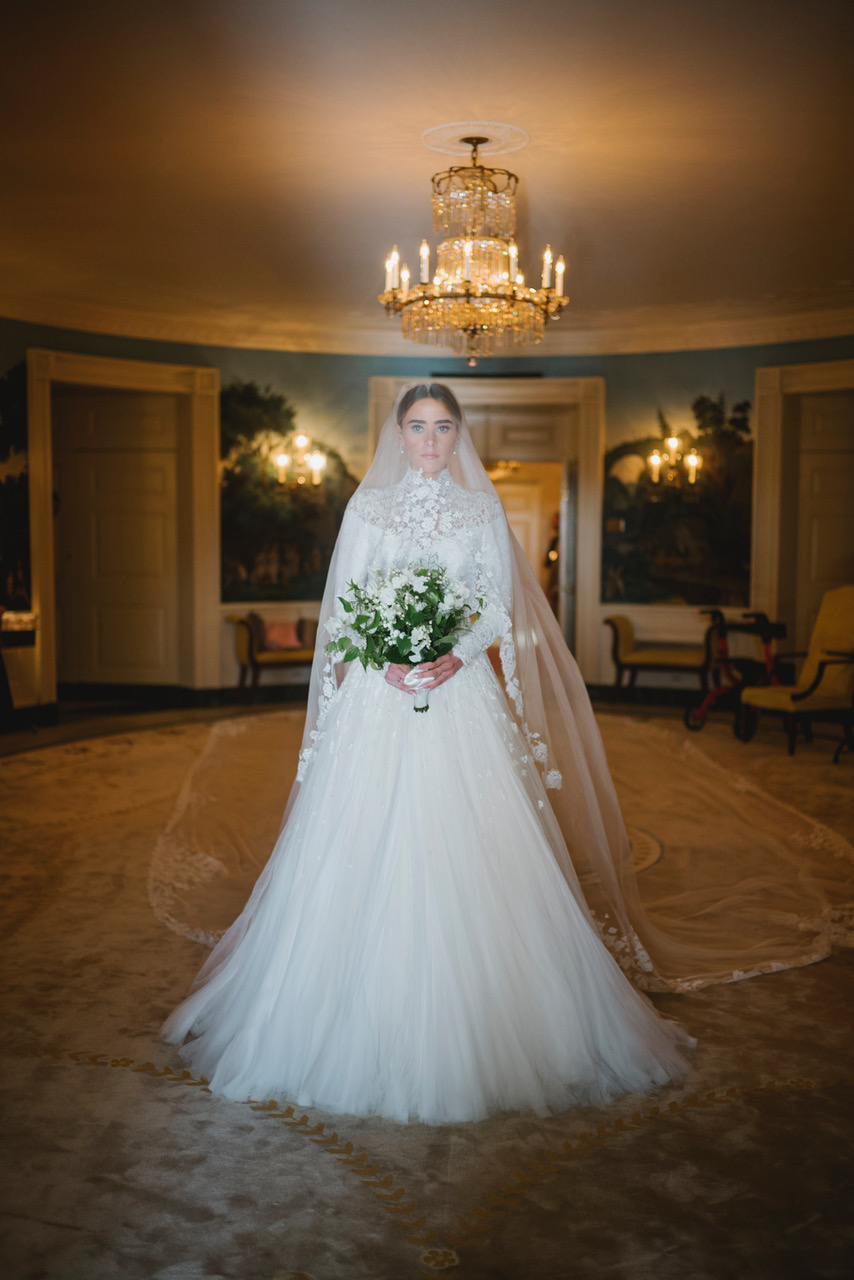
On the topic of The White House Wedding – how did that opportunity arise?
The wedding gods delivered! I had met Naomi Biden at another wedding where she was a bridesmaid and I'd done a few weddings for people she went to college with, so my name was floating around. The wedding planner was also somebody I knew so he called me at some point and said very secretly 'You have to be free in November'.
It was just such a magnificent cherry on top of my 30-year career. I'm from the Washington area so it was on my home turf and that just felt like a homecoming.
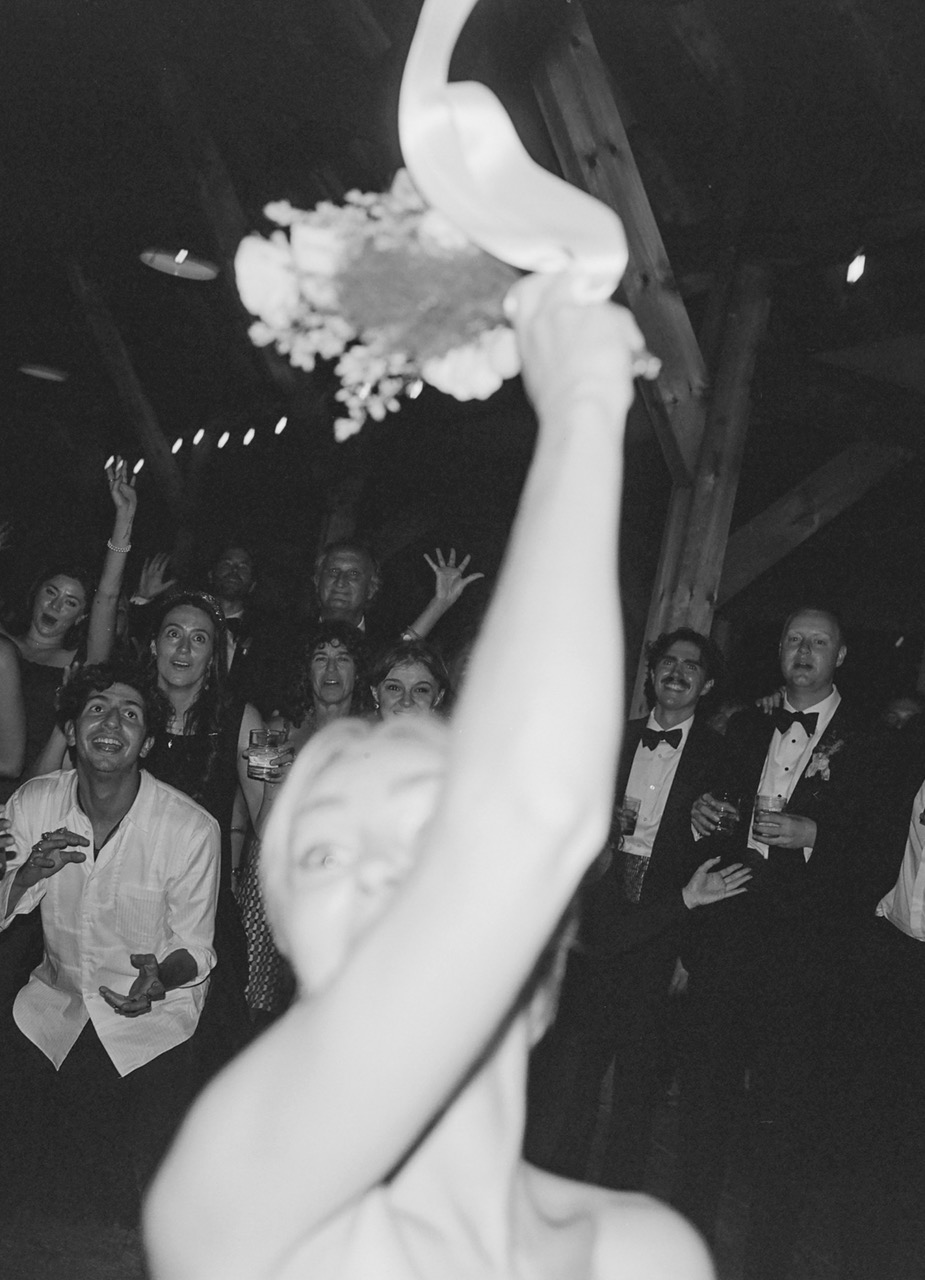
I don't want to get into it too much because you write about it in the book, but how was the experience on the day?
Once I got in the White House there were three days of events. The nervousness before was pretty big, but it was more of an excitement, and then once I started on Thursday night, I realized this is the one thing I'm good at. It gave me the sense to leave behind any hesitation or anxiety and just have fun.
I also respond to light, and the light was so magnificent that day. It was an amazing late autumn morning and the light was very inspiring so that helped.
It was cool because there was no press there, it was very much a family event. There was another photographer and she had her team, I mostly stayed by myself shooting very freestyle, and I had a lot of creative freedom. It was not a public political event, so it just felt like a home wedding in a really nice house.
We write a lot about the equipment, and I'm interested in what you to use and how it hels you make your desired images?
It took me a long time to embrace digital because I was such a film native, but the first camera that really unlocked for me was the Leica M240, and now, I shoot with the Leica M10-P. It takes my older Leica M lenses and everybody thinks it's a film camera because it hasn't changed the design for like 70 years.
I'm very fluid with it because I shot Leica for years, so that's my digital, and then I shoot Rollieflex and other weird film cameras. I have a closet full of cameras and for every job, I say, who wants to come out and play this time, who's right for this job?
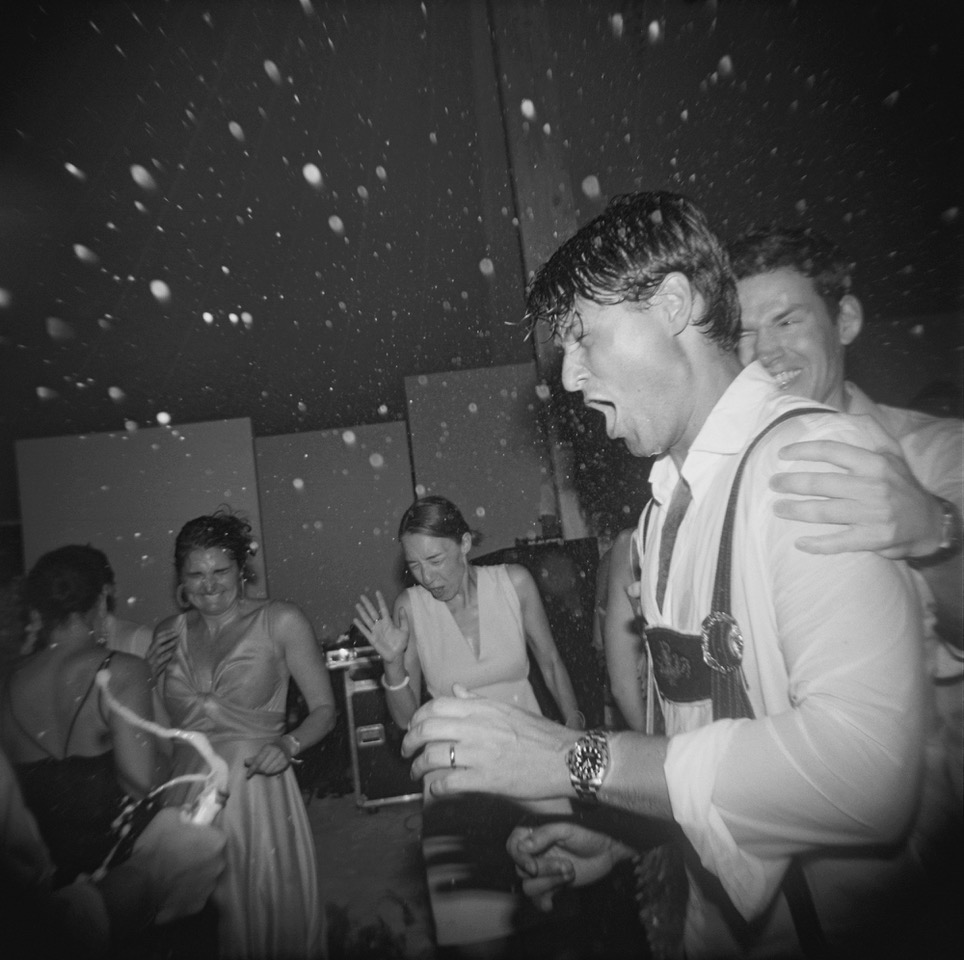
Lastly, I wanted to ask about the foreword by Martha Stewart – how did that come about?
It was amazing that I got Sylvia as the afterward and Martha as the forward because Sylvia gave me my launch and then Martha gave me my turbo launch.
I was meeting an agent in New York and I had a little box of wedding pictures I had taken at a friend's wedding and she said, my gosh, Martha Stewart's about to start a new wedding magazine you have to show her. This was in 1995, so she said, my sister works at the magazine run-on up there and you could get in on this.
The next day, I went there and the creative director looked through the pictures and asked if I had any more, so I sent them more. The first issue came out maybe two months later and they used 20 of my pictures in the first issue!
This was 1995 so pre-internet when that first magazine came out it was so beautiful, elevated, artistic, and powerful – it took the whole industry by storm and I was lucky to be in it. So that was really my launch.
For the next five years, I worked for the magazine a bunch and it cemented me and my friends. There were three of us who were in a lot of those early issues and it goes back to Martha. I then shot her daughter's wedding, which was like a five-person wedding, so, I've shot for her for a long time and she was gracious enough to write the foreword – I couldn't believe it.
That's incredible and all because you had your prints with you!
Yeah! You always have to have a personal project to show people because you never know!
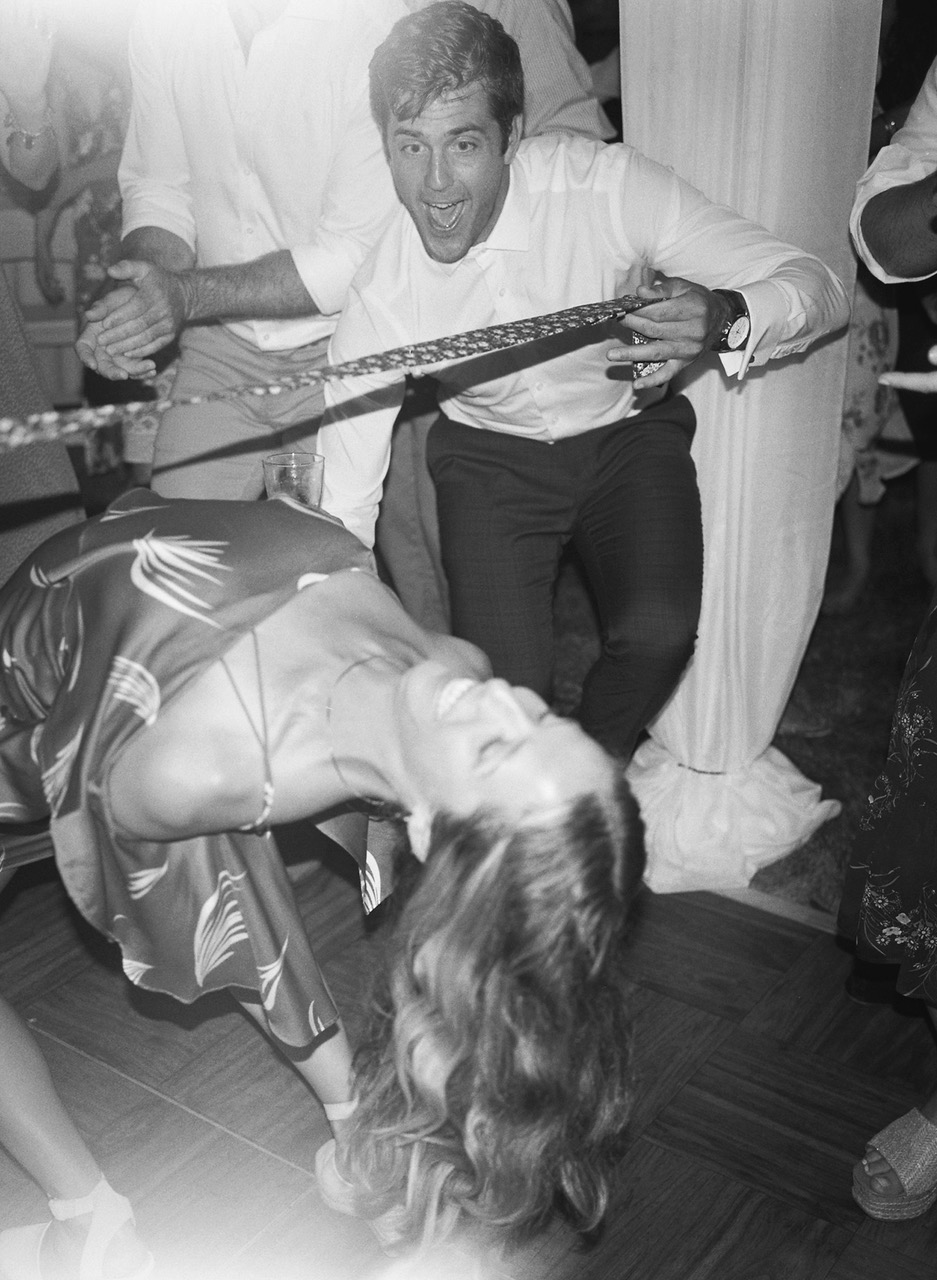
John Dolan is certainly a photographer's wedding photographer and The Perfect Imperfect is an exceptionally beautiful and emotionally charged book showcasing the highlights of an outstanding career.
The expanded edition of The Perfect Imperfect: The Wedding Photographs of John Dolan is published by Damiani and is now on sale for £75 in UK, and goes on sale in the USA on November 5 for $95..
You may be interested in our guide to the best coffee table books, the best camera for wedding photography, and the best film cameras







